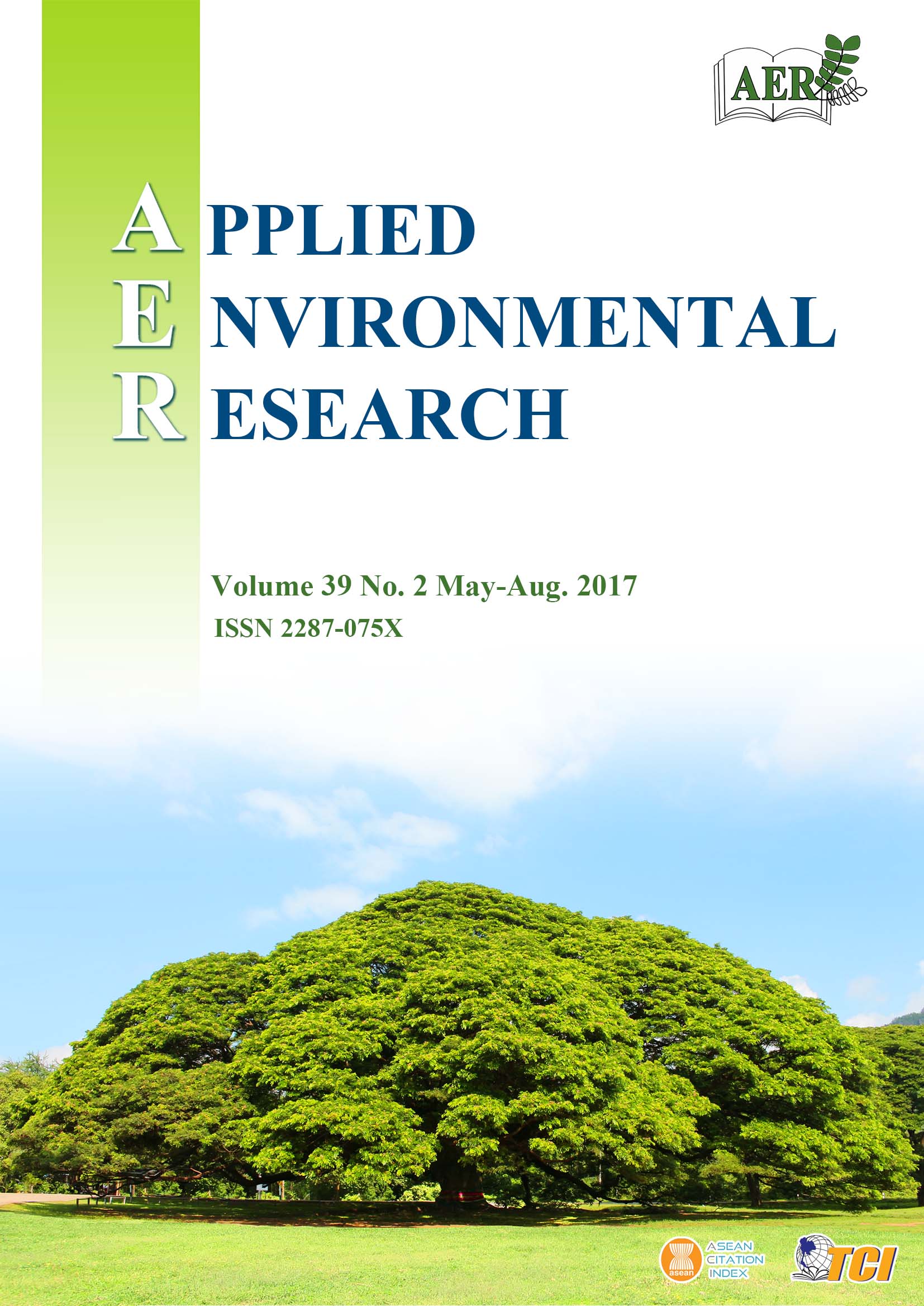Dominant Root Associated Fungi (RAF) from Drynaria quercifolia L. either Induce or Retard Growth of PSB Rc10 Rice (Oryza sativa L.) in Gibberellic Acid-Inhibited Medium
Main Article Content
Abstract
The testing and use of microorganisms for in vitro growth promotion of agriculturally significant crops such as rice has increased but remains underexploited. The current study aims to explore growth-enhancing mechanisms of dominant root-associated fungi (RAF) isolates from Drynaria quercifolia and test their effects on rice. The most abundant RAF on five tree-collection sites were cultured in vitro. Genomic DNA of the RAF were extracted and the ITS (internal transcribed spacer) region of the 18S ribosomal DNA (rDNA) were sequenced and molecularly identified. Two RAF isolates significantly increased the plant shoot/total length (Meyerozyma guilliermondii: 10.29±4.18/13.46±4.18 cm; Trichoderma simmonsii: 10.33±1.38/13.23+1.58 cm), shoot/total fresh weight (Meyerozyma guilliermondii: 57.33±15.76/71.00±16.10 mg; Trichoderma simmonsii: 63.22±12.23/76.00±10.67 mg) and shoot/total dry weight (Meyerozyma guilliermondii: 16.99±6.74/22.78±7.41 mg; Trichoderma simmonsii: 16.89±3.33/23.11±5.30 mg) weight compared to the negative control. These results possibly show the ability of the two isolates to produce the hormone gibberellic acid. On the other hand, three of the RAF isolates did not significantly increase seedling growth and biomass. The Trichoderma yunnanense (shoot: 0.36±0.16 cm; total: 0.53±0.20 cm), unidentified Mucoromycotina isolate F5P1RAF16 (shoot: 1.87±0.59 cm; total: 2.12±0.58 cm) and the unidentified Mucoromycotina isolate F9P2RAF21 (shoot: 3.26±1.56 cm; total: 5.19±2.00 cm) approximated the growth of rice seedlings inoculated with broth and water negative control (shoot: 4.40+2.27 cm; total: 6.38+2.28 cm). This possibly indicates the inability of these isolates to produce GA or their potential ability to produce growth-retarding metabolites. Preliminary data from this study reveal potential growth-promoting capacity of RAF isolates on rice.
Article Details

This work is licensed under a Creative Commons Attribution-NonCommercial 4.0 International License.
Published articles are under the copyright of the Applied Environmental Research effective when the article is accepted for publication thus granting Applied Environmental Research all rights for the work so that both parties may be protected from the consequences of unauthorized use. Partially or totally publication of an article elsewhere is possible only after the consent from the editors.

